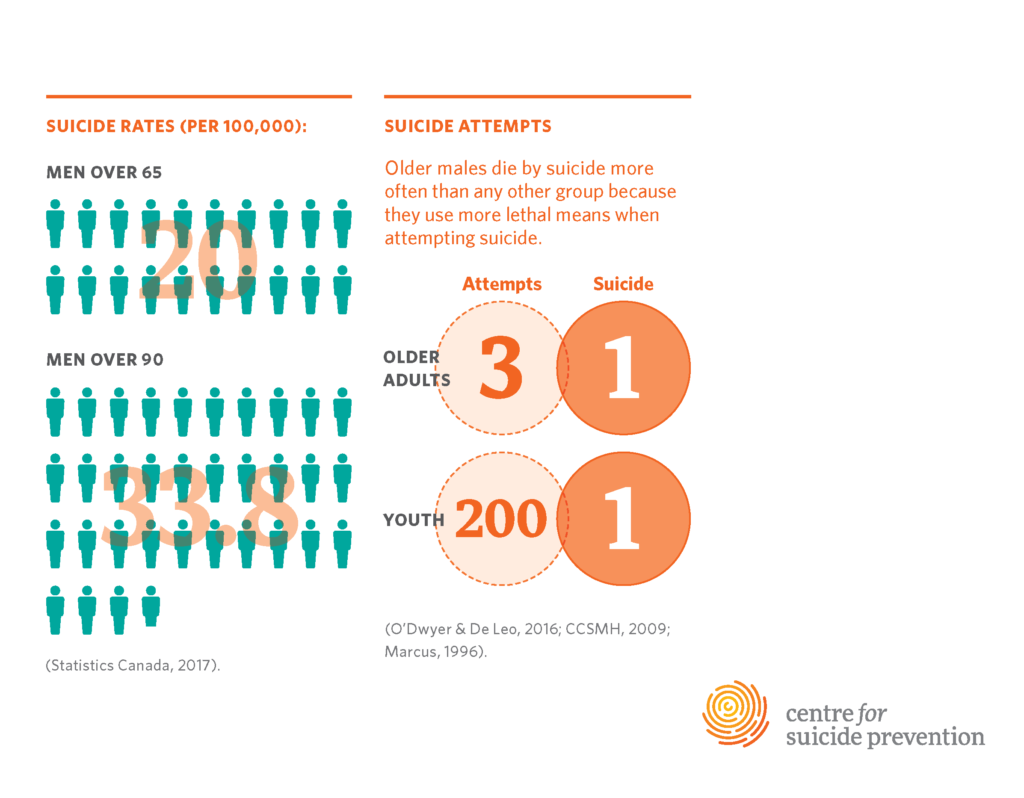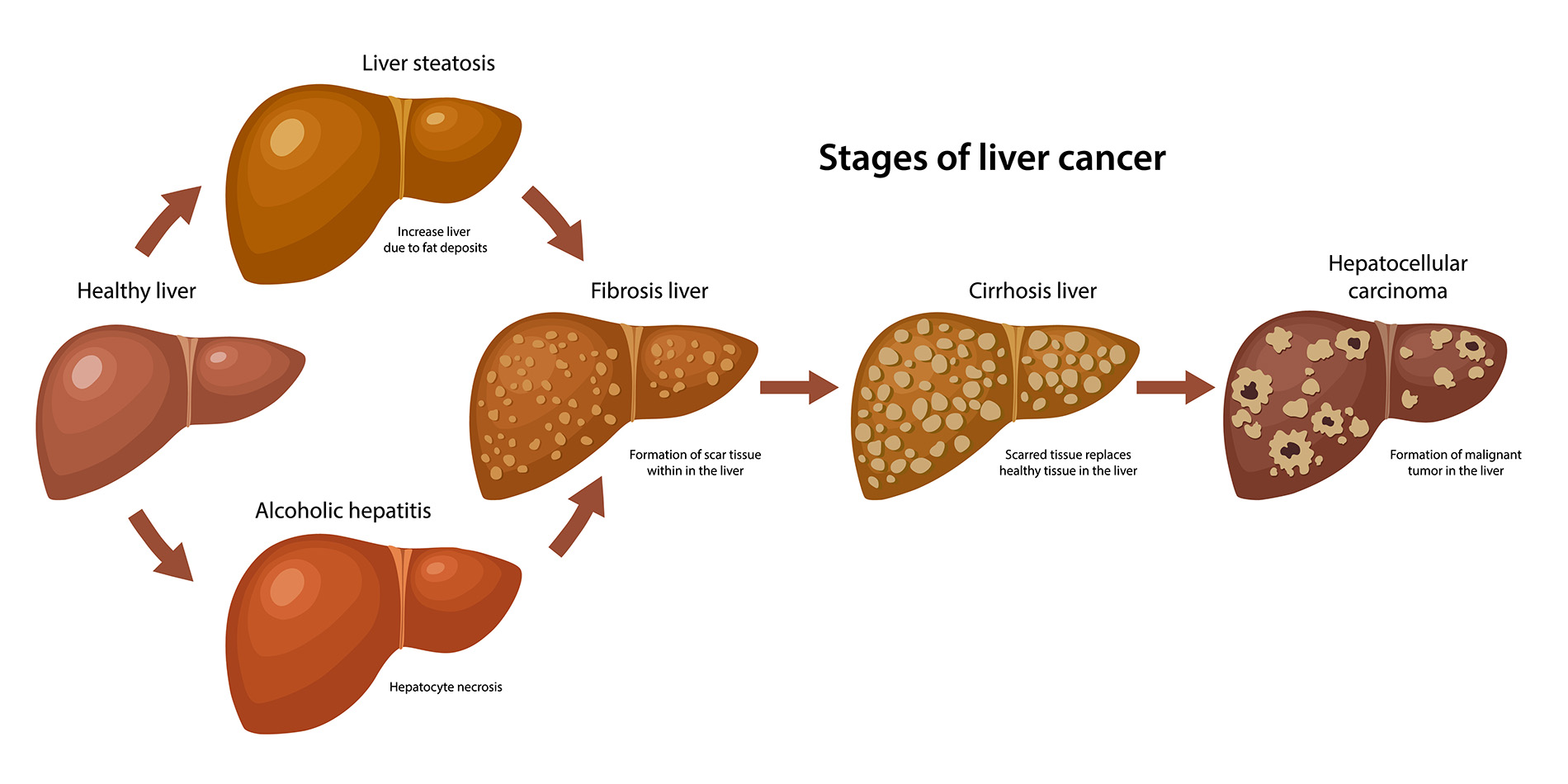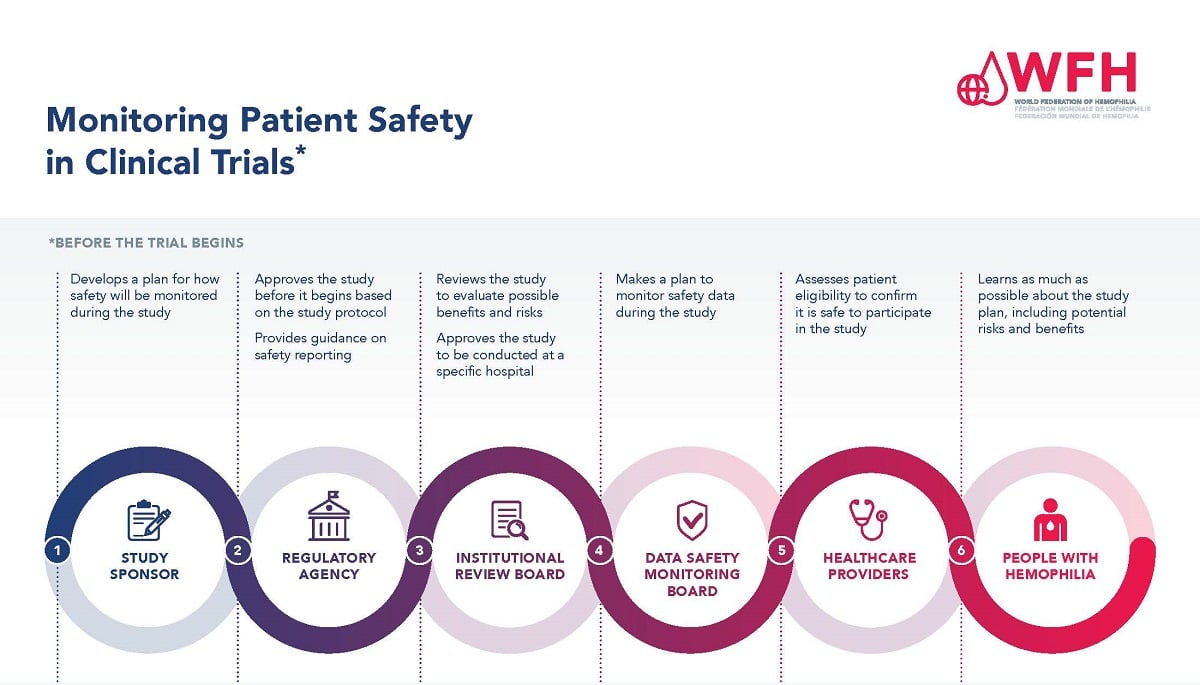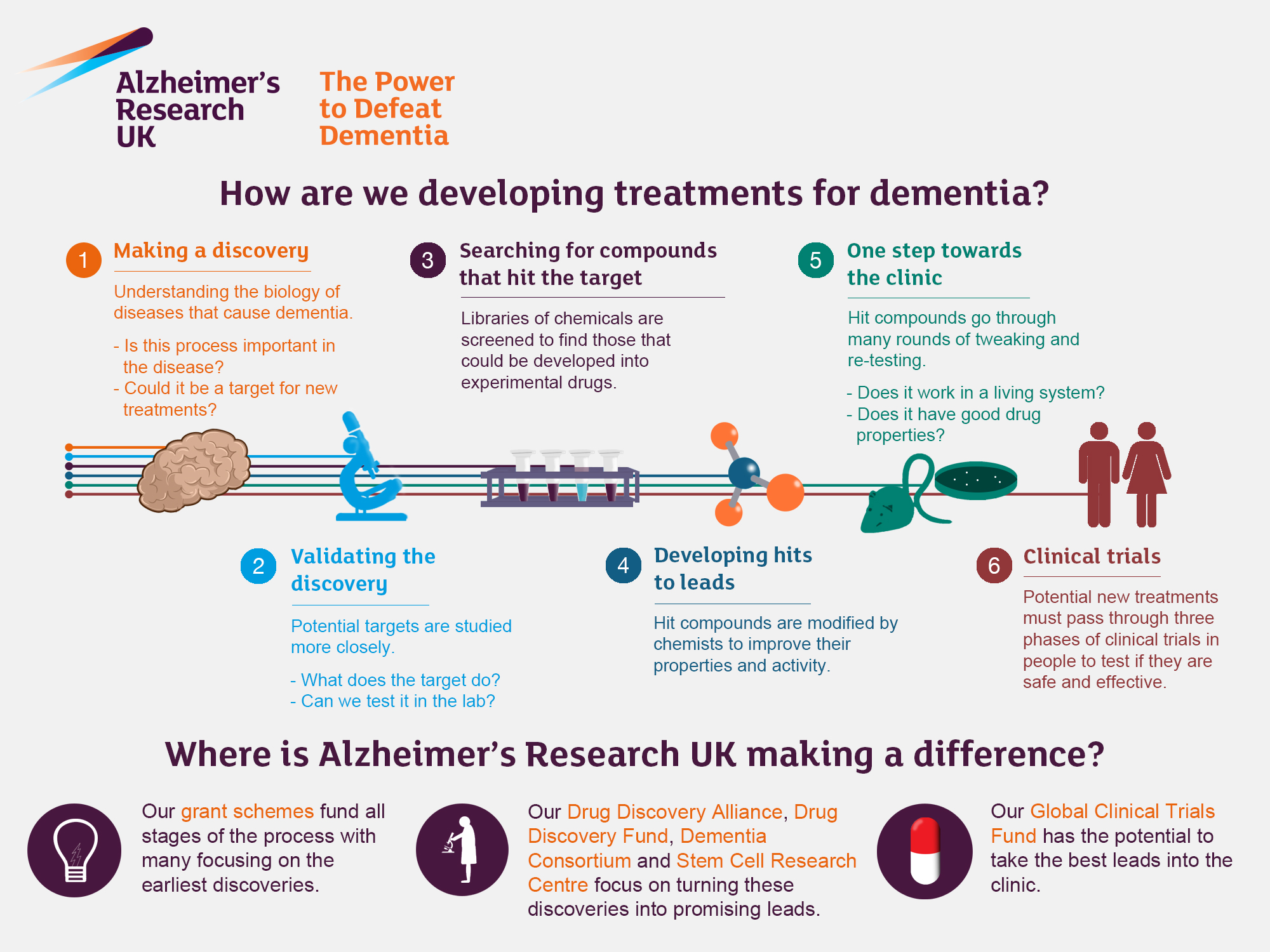Suicide prevention for older adults is a critical issue that needs urgent attention, as those aged 75 and above have the highest suicide rates among any age group in the United States. Despite these alarming statistics, many national suicide prevention organizations fail to provide easily accessible resources tailored for this vulnerable population. This gap highlights the pressing need for targeted mental health initiatives that focus on older individuals, especially considering factors such as loneliness in older adults and the challenges they face in seeking help. The study conducted by McLean Hospital researchers underscores the necessity for geriatric psychiatry to prioritize suicide prevention strategies that resonate with the unique experiences of seniors. By addressing this imbalance, we can create effective resources for seniors and potentially save lives, as awareness and support are paramount in tackling elderly suicide rates.
Addressing the mental health crisis among seniors is increasingly recognized as a vital component of public health. Many older individuals face significant challenges, including social isolation and the overwhelming burden of mental illness, which may contribute to heightened risks of self-harm. The recent focus on late-life despair illustrates the need for tailored approaches in geriatric care that emphasize well-being and preventative strategies for older adults. Through improved access to mental health resources and supportive networks, we can mitigate the impact of loneliness among seniors and promote healthier lifestyles. Ultimately, prioritizing mental wellness in this demographic is essential to reducing the disturbing trend of elevated suicide rates and enhancing quality of life for our elder population.
Understanding Elderly Suicide Rates
Elderly suicide rates are alarmingly high, particularly among individuals aged 75 and older. According to the Centers for Disease Control and Prevention, this demographic has a suicide rate of 20.3 per 100,000 individuals, which starkly contrasts with decreasing rates in younger populations. Factors contributing to these higher rates include social isolation, physical health decline, and the stigma surrounding mental health issues in older adults. As a result, many seniors experience feelings of hopelessness and despair without the means to seek help.
Additionally, the demographics of older adults often face barriers to accessing mental health resources. Research highlights that many elderly individuals do not readily seek help due to implicit biases that imply they should simply cope with their challenges. Addressing the unique circumstances surrounding elderly suicide rates is critical for developing effective prevention programs and ensuring that older adults have the resources they need to address mental health issues.
Frequently Asked Questions
What are the key factors contributing to suicide prevention for older adults?
Several key factors contribute to suicide prevention for older adults, including addressing loneliness and social isolation, ensuring access to mental health resources, and providing targeted education on geriatric psychiatry. Understanding the unique healthcare needs of older adults is crucial in formulating effective interventions.
Why is there a high rate of elderly suicide, and what can be done for suicide prevention for older adults?
The elderly, particularly those aged 75 and older, have high suicide rates often due to factors like loneliness, health issues, and loss of loved ones. To aid suicide prevention for older adults, it’s important to develop targeted support services, increase awareness of available resources, and foster community connections.
What resources are available for seniors to prevent suicide and improve mental health?
Resources for seniors focused on suicide prevention include hotlines, community support groups, and online mental health services. It’s essential for older adults to be aware of these resources and to understand they can seek help without stigma, reinforcing the importance of mental health.
How does loneliness in older adults relate to suicide prevention efforts?
Loneliness in older adults significantly correlates with higher suicide rates. Effective suicide prevention efforts must include strategies to combat isolation, such as promoting social engagement activities and providing outreach programs that connect seniors with peers and mental health resources.
What can families do to support elderly relatives in suicide prevention efforts?
Families can play a vital role in suicide prevention for older adults by fostering open communication about mental health, monitoring changes in emotional well-being, and encouraging seniors to utilize available resources for support. Regular social interaction can also help mitigate feelings of loneliness.
Why is it vital to focus on geriatric psychiatry in suicide prevention for older adults?
Focusing on geriatric psychiatry is vital in suicide prevention for older adults because it addresses the specific mental health challenges this age group faces. Tailoring mental health services to their unique needs enhances the effectiveness of prevention strategies.
What role do community programs play in suicide prevention for older adults?
Community programs are essential for suicide prevention for older adults as they provide social support, create opportunities for engagement, and offer mental health resources directly to this population. These initiatives are particularly important in reducing loneliness and fostering a sense of belonging.
How can awareness of suicide rates in the elderly drive changes in support systems?
Increasing awareness of elderly suicide rates can motivate organizations and policymakers to implement more effective support systems tailored to older adults’ needs. This can lead to enhanced fundraising, research, and programs specifically targeting suicide prevention among this vulnerable group.
What preventative measures can caregivers take for older adults at risk of suicide?
Caregivers can take various preventative measures for older adults at risk of suicide, including facilitating access to mental health treatment, engaging them in social activities, and providing regular check-ins to ensure emotional support and connection with relevant resources.
How can technology assist in suicide prevention for older adults?
Technology can assist in suicide prevention for older adults by providing easy access to mental health resources, online support groups, and telehealth services. Utilizing digital platforms can help overcome barriers such as transportation issues and enhance outreach efforts.
| Key Points | Details |
|---|---|
| High Suicide Risk among Older Adults | Older adults, especially those aged 75 and older, have the highest suicide rates among all age groups. |
| Lack of Resources | National suicide prevention organizations lack targeted resources for older adults, making it difficult for them to access necessary help. |
| Imbalance in Online Initiatives | Current online suicide prevention efforts do not adequately address the needs of older adults who increasingly use the internet for health information. |
| Rising Rates of Suicide | Suicide rates for older adults have increased, while the rates for younger individuals have declined in recent years. |
| Need for Targeted Campaigns | There is an urgent need for public-facing suicide prevention campaigns specifically designed for older adults. |
| Call for Further Research | Increased funding and research focused on late-life suicide prevention is essential to address these disparities. |
Summary
Suicide prevention for older adults is a critical issue that requires immediate attention. Recent studies highlight the disproportionate risk of suicide among those aged 75 and above, coupled with a stark lack of accessible resources tailored to their needs. As social isolation and unique health challenges contribute to rising suicide rates in this demographic, it becomes increasingly vital for organizations to prioritize targeted support. By advocating for specific campaigns and dedicated research into late-life suicide prevention strategies, we can take significant steps towards ensuring that our older population receives the help they need.



